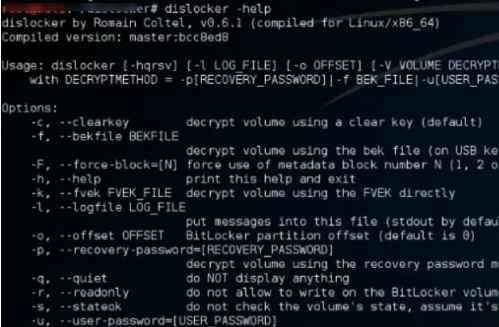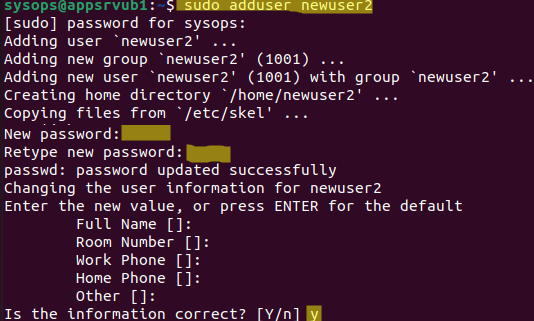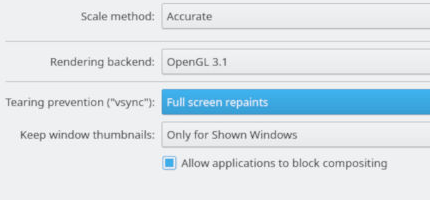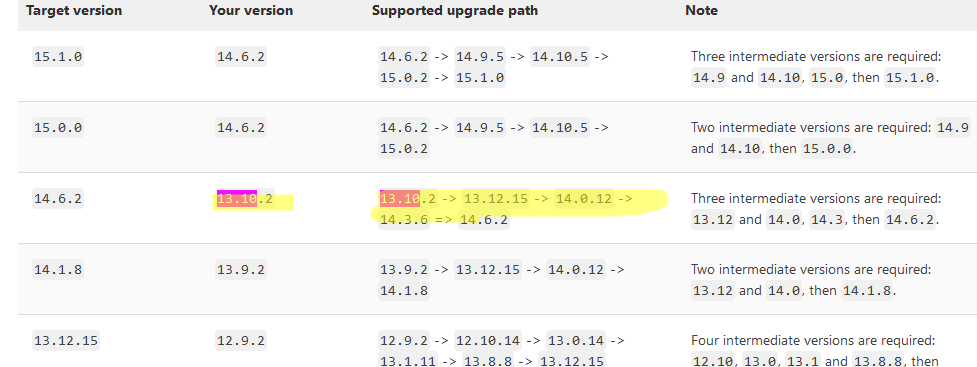On Linux, you can use the DisLocker tool to access data on a partition that is encrypted with Windows BitLocker. In this example, we’ll show how to decrypt data on a BitLocker partition in Linux.
Continue reading “Mounting BitLocker-Encrypted Windows Drive in Linux”










